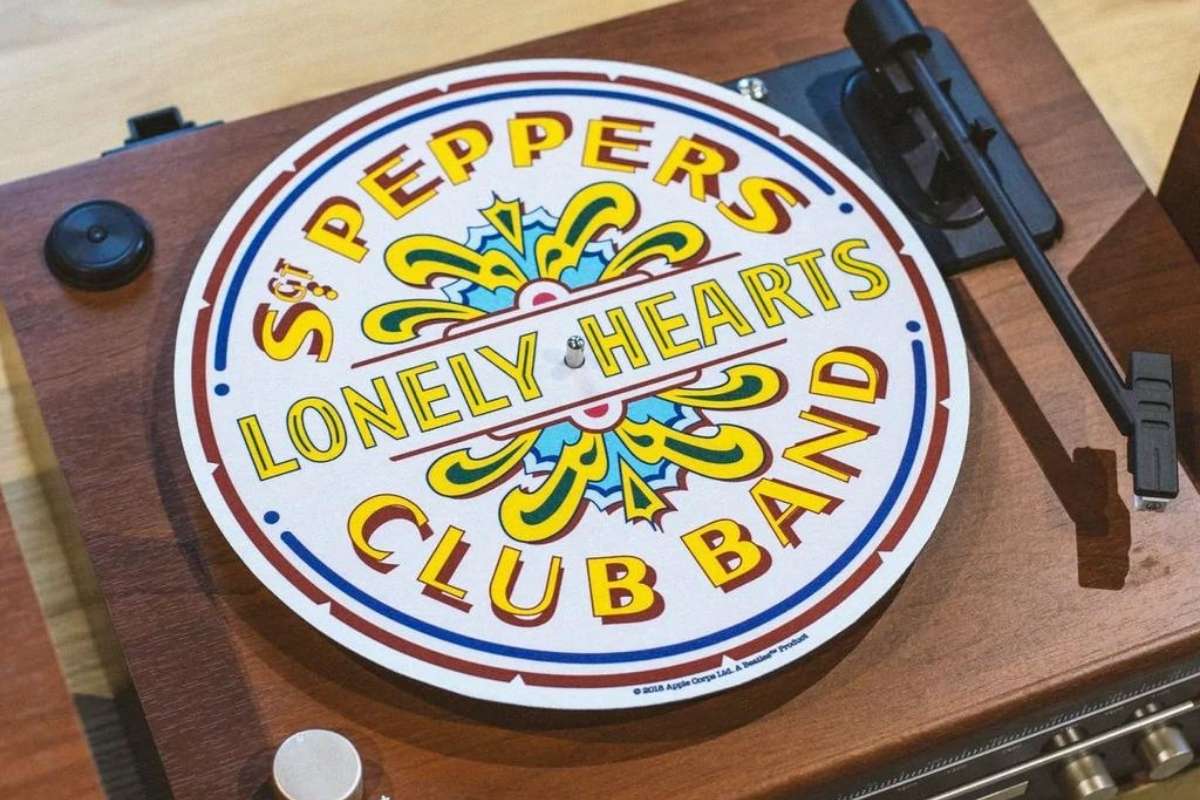One of the easiest and cheapest ways to personalise and improve your turntable setup is with a turntable slip mat.
Your record player will most likely come complete with a mat, usually rubber or felt as standard and you are free to upgrade or change your turntable mat according to your needs and tastes.
This blog will explain what a slip mat does, the different types available and the benefits of each.
What Is A Slip Mat?
The slip mat is the circular piece of material that sits on top of the turntable platter.
You’ll place your vinyl records on top of the mat.
Now you're probably wondering "What does a turntable slipmat do?"
The main purpose for the mat includes;
- To help protect your vinyl record from scratches.
- To help reduce static and improve the sound quality.
- To help to dampen vibrations.
- To improve the style of your turntable and personalise it with various designs including your favourite band logos and artwork.
- To assist with beat matching & scratching when DJing.
Types Of Turntable Mat

Felt Slip Mats
These slip mats were originally designed to help a DJ to manipulate a record on the turntable easily whilst the platter continues to move underneath which is great for beat-matching, record cueing and scratching.
So if you’re looking to get into DJing then you’ll want to get a felt slip mat (and a direct drive turntable!).
However, you’ll also find a wide variety of designs and personalisation options with felt slip mats so if aesthetics are your priority and you want to make your turntable your own then you’ll find lots of cool slip mat options on the market.
Felt slip mats do attract dust though so it’s best to keep it covered up with your turntable lid when not in use.
Tip: Don't forget your vinyl record cleaning kit to keep on top of dust and reduce static issues.
Pros: Best for DJ & scratching, best for style with lots of designs available.
Cons: Attracts dust & can increase static.

Rubber Mats
These mats aren’t designed for scratching, quite the opposite.
Rubber turntable mats are designed to grip the record and stop the record slipping .
They also help to reduce vibrations as well as protecting your vinyl record from scratches.
Pros: Helps grip record to stop it slipping, helps to isolate the record to decrease vibrations
Cons: Attracts dust, can stick to the record, can over isolate a record and increase static.

Cork Mats
Cork turntable mats often offer the best of both worlds.
Cork is an inexpensive, lightweight but rigid material that is less prone to static and can improve the sound quality of your records.
Pros: Reduces resonance, looks great, less prone to static.
Cons: Not as durable as felt or rubber mats, can start to fall apart after time.
Direct To Platter
For most turntables we would not recommend putting a vinyl record directly onto the platter without the use of a mat.
However, on higher end turntables you may find an acrylic platter.
With an acrylic platter you don’t need to use a separate slip mat.
Just place the record directly on the platter.
Acrylic is thought to be the best type of platter as it is denser and less resonant than MDF which ultimately means a cleaner and more detailed sound with minimal vibrations.
Conclusion
So there you have it, the main types of turntable slip mat and how they differ from each other.
Each type of turntable mat will produce a different sound so it’s worth trying out each option on your setup to see what works best for your ears. Perhaps trial the same album on each type of mat to hear the difference for yourself.
To sum up;
- If you want to try your hand at being a DJ then go for a felt slip mat.
- Cork is best for outright sound quality.
- There’s nothing wrong with choosing a branded felt mat to improve the looks of and personalise your turntable
- You should at least use some type of turntable mat

